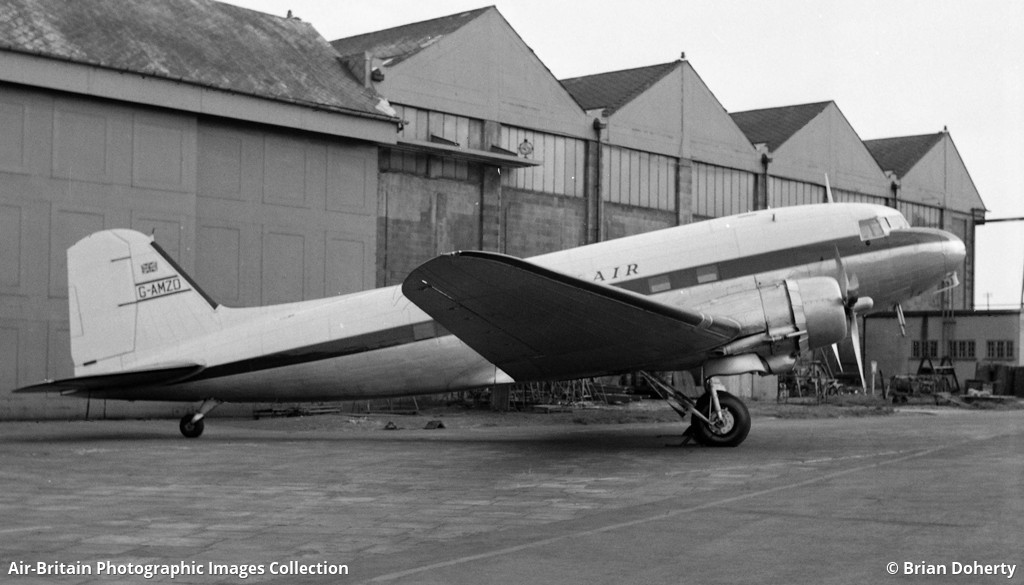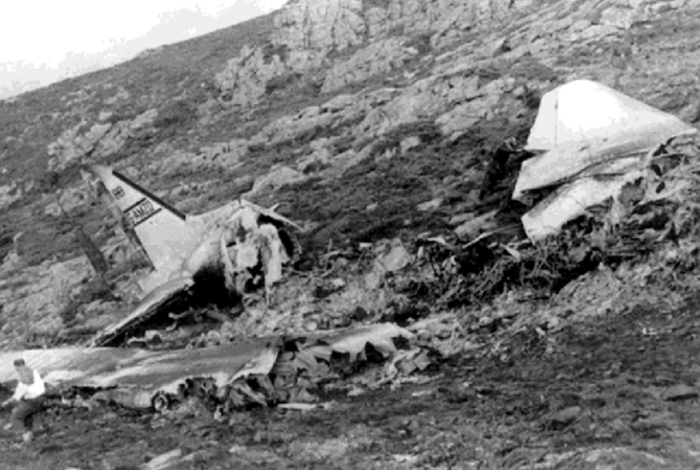Crash of a Douglas R4D-1 in Cleveland
Date & Time:
Nov 5, 1959
Registration:
N38G
Survivors:
Yes
Schedule:
Cleveland – Dayton
MSN:
4759
YOM:
1942
Crew on board:
1
Crew fatalities:
Pax on board:
4
Pax fatalities:
Other fatalities:
Total fatalities:
0
Circumstances:
The aircraft was involved in a demo flight from Cleveland to Dayton for a potential client, Columbus Aviation. Takeoff was completed in strong winds and just after liftoff, the pilot realized it was not possible to continue in such conditions. To avoid to crash into Erie Lake, he attempted an emergency landing in a wasteland. The right wing struck the ground and the airplane crashed. All five occupants escaped uninjured while the aircraft was damaged beyond repair.














